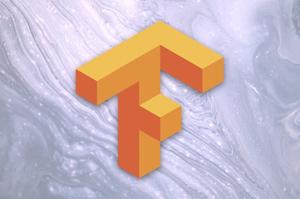Tensors are the fundamental building blocks in mathematics used to describe physical properties, and TensorFlow leverages their power for machine learning tasks. An important aspect for many TensorFlow users, especially those dealing with extensive computations, is ensuring maximum hardware utilization, which often means utilizing GPUs efficiently. Checking whether your TensorFlow installation supports GPU can significantly impact performance.
Why Use GPU with TensorFlow?
GPUs, originally designed to accelerate graphics rendering, have a massively parallel architecture, which is well-suited for specialized compute-intensive tasks, such as neural network training. They can significantly reduce the time needed for model training in TensorFlow, thus enhancing productivity and enabling faster experimentation.
Ensuring Your Setup Supports GPU
To verify that your TensorFlow version supports GPU, follow these steps:
- Check for Compatible GPU
- Install the NVIDIA CUDA Toolkit
- Install cuDNN Libraries
- Verify Environment Setup
Verifying TensorFlow GPU Installation
Once your system is set up, you need to verify TensorFlow's capability to use the GPU. Here's how you can validate this:
import tensorflow as tf
gpus = tf.config.experimental.list_physical_devices('GPU')
if gpus:
try:
# Restrict TensorFlow to only allocate 1GB of memory on the first GPU
tf.config.experimental.set_virtual_device_configuration(
gpus[0],
[tf.config.experimental.VirtualDeviceConfiguration(memory_limit=1024)])
logical_gpus = tf.config.experimental.list_logical_devices('GPU')
print(len(gpus), 'Physical GPUs,', len(logical_gpus), 'Logical GPUs')
except RuntimeError as e:
print(e)If this outputs the number of physical and logical GPUs available, your TensorFlow is correctly utilizing the GPU.
Troubleshooting Common Issues
Sometimes, users may encounter issues during installation or configuration. Here are common errors and how to fix them:
- CUDA version mismatch: Ensure that the CUDA version installed on your system matches one of the versions supported by your TensorFlow version. You can check this on TensorFlow’s official documentation site.
- Missing DLLs on Windows: Make sure that CUDA and cuDNN paths are correctly added to your system’s environment variables.
- No module named '_cuDNN': This mistake usually happens when there's a mismatch between CUDA,cuDNN and TensorFlow. Double-check installation paths and versions.
Conclusion
Successfully verifying GPU support in a TensorFlow setup can be immensely beneficial for running large-scale machine learning operations efficiently. Although the setup might initially seem daunting, following these precise steps will help you ensure a robust setup that fully utilizes your GPU capabilities.







